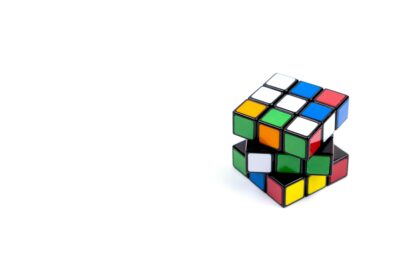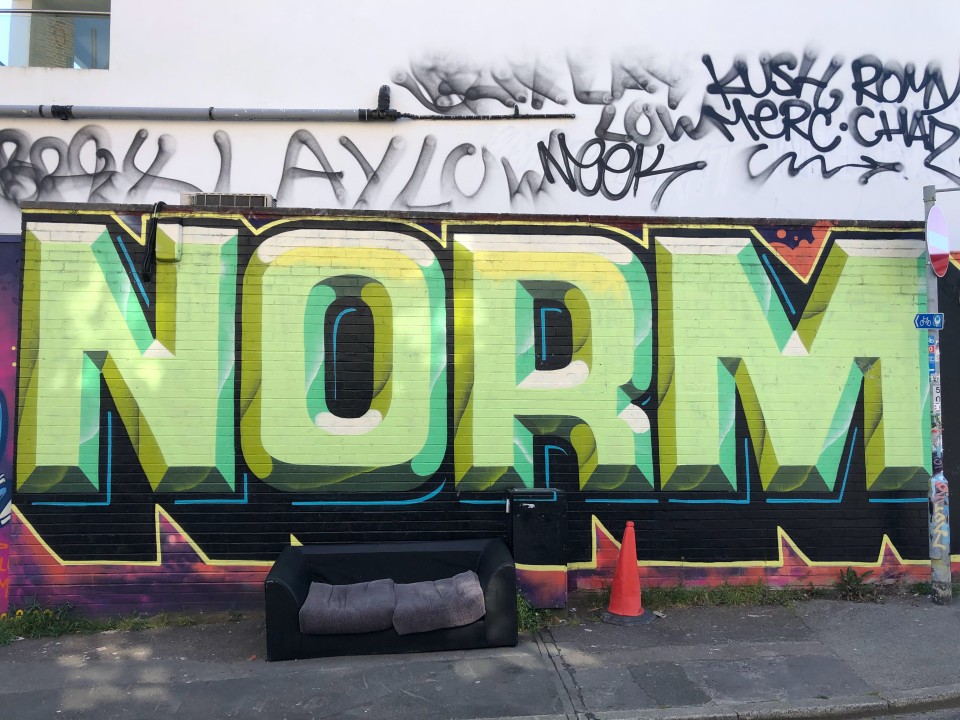Unlocking the power of Questions: A Coach’s Toolkit
Forget advice, ditch directives! Questions are the secret weapon in a coach’s arsenal. Why? Because they empower clients to discover their own answers, unearth hidden insights, and chart their unique path forward.
But asking good questions? Not always easy. We battle closed-ended queries, unconscious biases, and that fine line between prodding and privacy. The key? Mindfulness, active listening, and a relentless pursuit of better questioning.
Enter Clean Language: a powerful approach that emphasises clarity, neutrality, and avoiding leading language. Developed by therapist David Grove, it’s all about exploring clients‘ inner landscapes without imposing interpretations. By using „clean“ questions, coaches spark deeper understanding, unlock transformative shifts, and empower clients to find their own solutions.
Let’s explore the magic ingredient: the Eight fundamental questions of Clean Language. These beauties are all about minimal intervention, guiding clients with questions free of assumptions and judgments :
- Is there anything else about that … ?
- What kind of … is that … ?
- Where is … ?
- Whereabouts … ?
- That’s … like what?
- How many … are there?
- Is there are relationship between … and … ?
- Is … the same or different to … ?
- Is … on the inside or the outside?
By wielding these questions, coaches create a safe space for clients to explore their thoughts, feelings, and perceptions in a non-directive way, fostering introspection and self-discovery.
But Clean Language isn’t limited to this simple list of 8 questions. It’s adaptable! Coaches can use this comprehensive set of „clean“ questions to navigate various challenges and facilitate transformative conversations in different scenarios.
Here are some examples:
How to ask for a solution instead of pushing it?
- What do you think is the reason that is?
- How do you find out?
- Could you do something about it?
- Looking back now, what could you have done differently?
- What are you going to do differently from now on?
- What could you do differently in the future?
How to keep the dialogue flowing?
- (You mention x) and what else?
- How is that so?
- Can you give an example of that?
- Can you tell me about that?
- Tell me more.
- Continue.
Also remember that in that situation Silence is a key to open doors, do not say anything after the question and leave room for the answer. Let the other person do the work 😉
How to investigate the filters (conditionings) ?
- What makes you feel and think this?
- What does this remind you of? What does this remind you of?
- What does it evoke in you?
- Where have you experienced this before?
Asking questions about thinking, emotions, and imagery help unearth core beliefs driving one’s reactions :
- What thought causes the feeling?
- What thoughts have that given to you?
- How did that happen?
- What questions do you ask yourself?
- What do you say to yourself?
- What do you see, hear, feel, hear, smell in that internal experience?
How to ask not only for the inside but also for the external factors ?
- What is your observable behavior? What can others perceive about you?
- What do you do (then next) (in this situation)?
- How are you doing then?
- How do you look yourself?
- What is your attitude?
- What is striking about your posture?
- How is your muscle tone?
- What kind of facial expression do you have?
- How is your breathing ?
- …
And at the end of a coaching session you can completely clean it up with a closing question :
- Are we ready?
- Do we have enough answers?
- Have you been helped?
- Can you move forward?
Wanna dive deeper?
Check out those great books :
- „Clean Language: Revealing Metaphors and Opening Minds“ by Wendy Sullivan and Judy Rees.
- „From Contempt to Curiosity: Creating the Conditions for Groups to Collaborate Using Clean Language and Systemic Modeling“ by Caitlin Walker.
- also – to know more about David Grove : “The Work and Life of David Grove: Clean Language and Emergent Knowledge” by Carol Wilson
For French readers 🇫🇷
- Manuel de Clean coaching – 2e édition by Bogena Anna PIESKIEWICZ – a must read IMHO
- Des métaphores dans la tête – Transformation par la Modélisation Symbolique et le Clean Language by James Lawley and Penny Tompkins
- and also this one : Guide pratique du Clean Coaching by Chloé Nortier and Jean-Baptiste Nortier ⇒ this one is very new (nov. 2023 so i haven’t had the chance to read it yet, it is still high in my reading list – but i trust Chloe for having written a great book)
Wanna discover by practicing ? Consider attending the great worksessions by Sarah Scarratt and Rachel Gilmore from weareclean.co.uk




